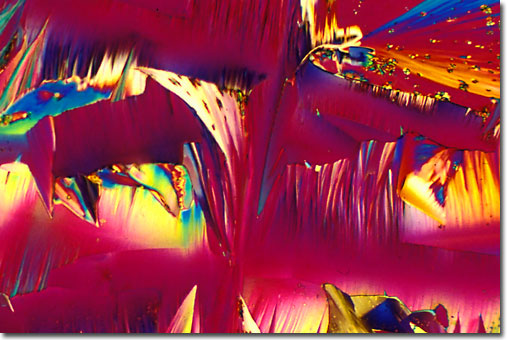|
Hydroxyurea is an antineoplastic agent used to treat melanoma, chronic myelocytic leukemia (CML), ovarian tumors, and primary squamous cell (skin) cancer of the head and neck. The drug is also being used as a treatment for sickle cell disease in children, an inherited disorder of the red blood cells. Although the exact mechanism of action of hydroxyurea is unknown, the compound exerts its cytotoxic effects by inhibition of DNA synthesis without affecting RNA or protein synthesis. Side effects include bone marrow depression and gastrointestinal symptoms such as stomatitis, anorexia, nausea, vomiting, diarrhea, and constipation. Dermatological side effects include maculopapular rash, skin ulceration, and facial erythema.
|
